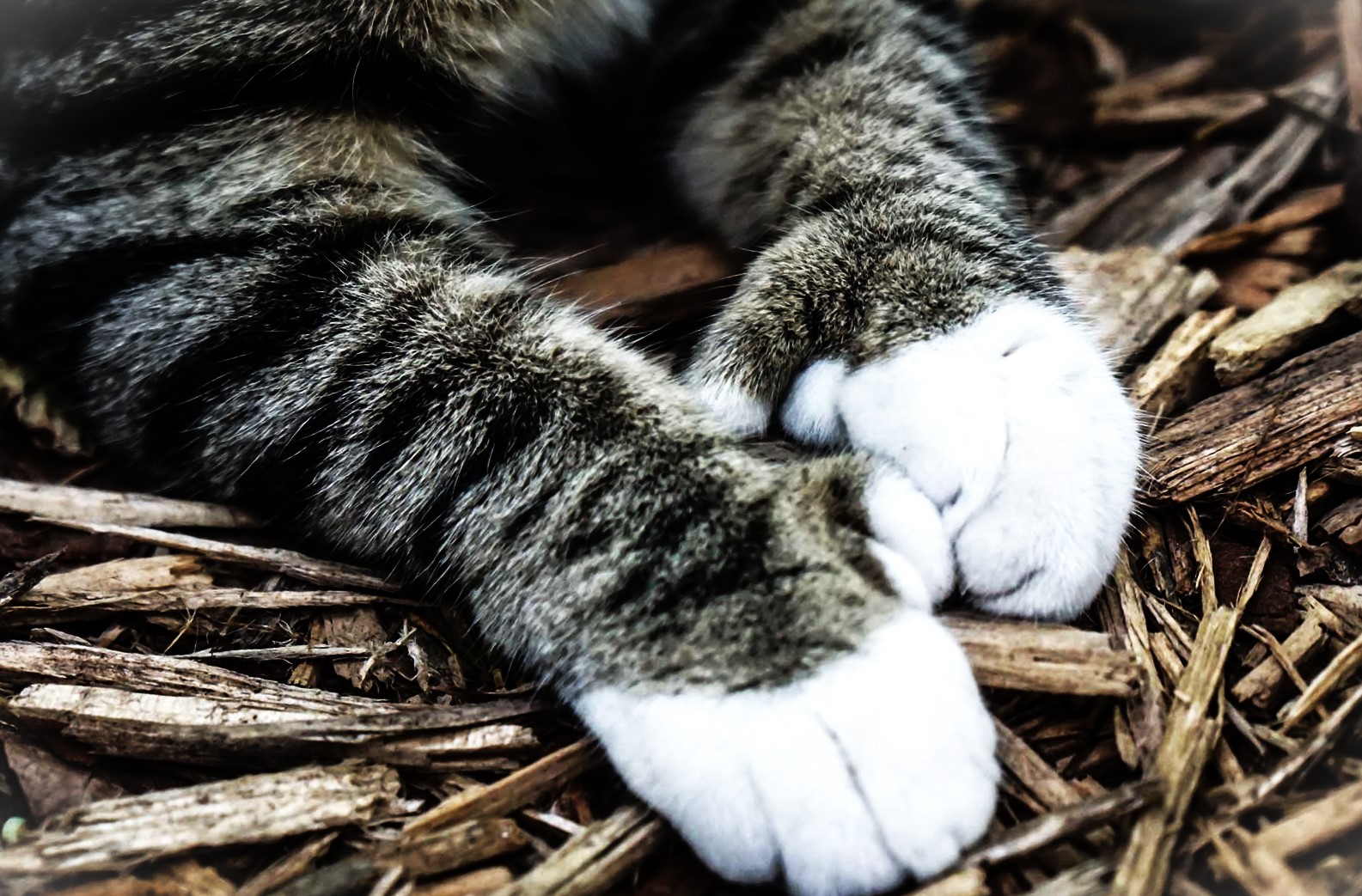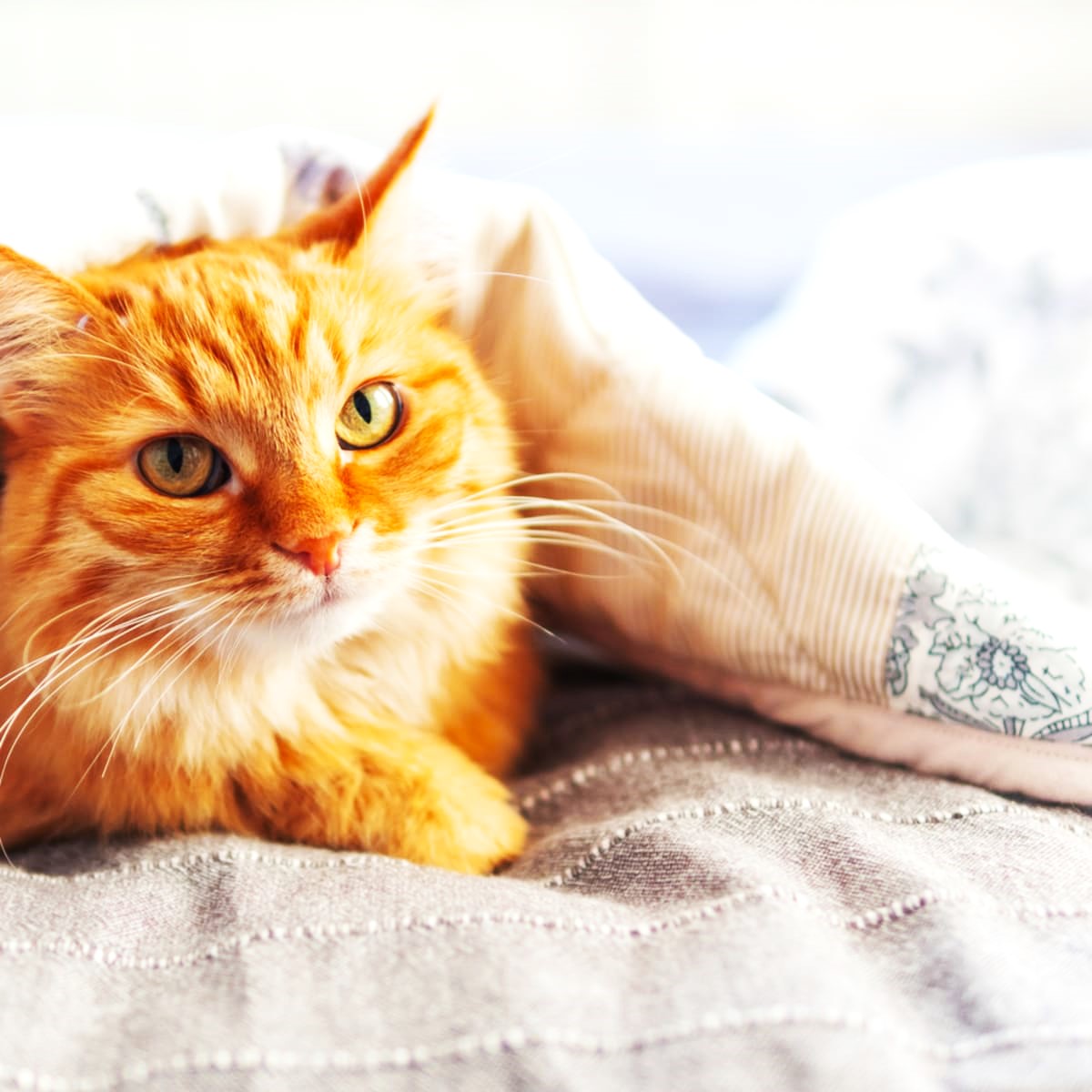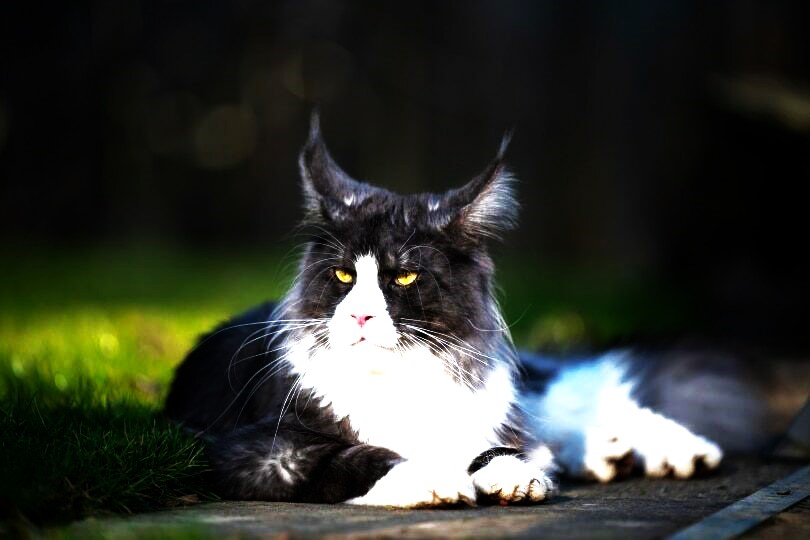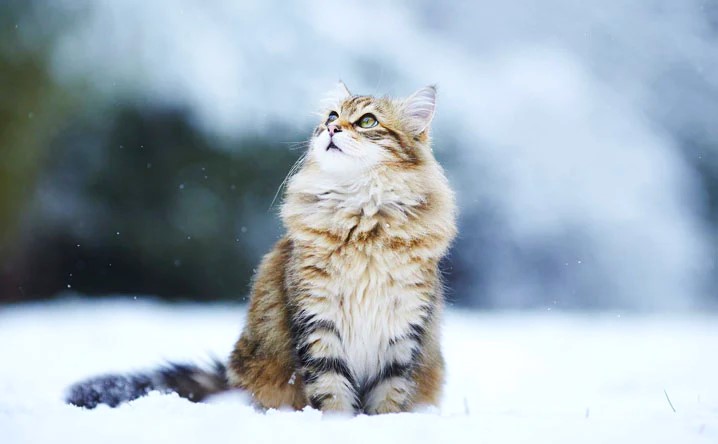Cats that are polydactyls have paws with more toes than normal from birth. Polydactyl cats can have six or more toes on each paw, in contrast to most cats that have four toes on their back paws and five on their front.
A genetic disorder called polydactyly, which causes extra digits, is more prevalent in some parts of the world than others. Any breed of cat, large or small, male or female, is susceptible.
Continue reading to find out more about the genetic causes of polydactyly in cats and to see some cute pictures of these furry animals.
What Causes Polydactyly: A Genetic Mutation
A genetic mutation in a dominant gene results in polydactyly, which typically causes a cat’s paws to develop four to seven toes. Polydactyly primarily affects the front paws, but it can also affect the hind paws. Cats that are polydactyly on all four paws are uncommon, though. Cats can have three different kinds of polydactyl paws.
Mesoaxial: Extra toes are distributed throughout the paw (may appear as a mix of postaxial and preaxial) Postaxial: Extra toes are on the outside of the paw Preaxial: Extra toes are on the inside (medial aspect) of the paw
The majority of the time, polydactyly poses no health or wellness risks to cats. There are many happy, healthy cats with a few extra toes, but it can make nail trimming your cat a bit more labor-intensive. If you’ve ever trimmed your cat’s nails, you know how difficult it is.
It’s crucial to remember that feline radial hypoplasia, a disorder that is sometimes mistaken for polydactyly, can have serious health consequences for cats. Catelian radial hypoplasia results in the development of extra toes, just like polydactyly. The primary distinction is that the cat’s enlarged, flat feet are the result of the extra toes growing right next to its natural toes. Breeding cats with feline radial hypoplasia can result in severe paw deformities in offspring.
Some Polydactyl Cats Have “Mittens” Preaxial polydactyl cats have “Mitten paws.” This is the point at which the cat’s extra toes develop in the center of the paw, giving it a mitten- or thumb-like appearance. These extra fingers are not opposable even though they resemble thumbs.
Certain Cats Can Actually Benefit From Polydactyly
The toes of polydactyl cats are useful to cats in addition to being adorable. Polydactyl cats are better suited for climbing, hunting, and catching prey because of their wider, larger paws.
Get a scratching post or board for your polydactyl cat and make sure to trim their nails to cover all of their toes.The additional toes and claws can cause significant damage to your furniture.
Cats with Polydactyls Are Seen as Fortunate
Polydactyl cats are not an exception, like many other cat breeds (black and calico cats among them) that were thought to bring good fortune to sailors. Polydactyl cats were a frequent sight on lengthy ship voyages in the past.
Polydactyl cats made excellent micers and could keep the ship’s supplies free of vermin thanks to their large, wide paws. In addition, their paws provided balance on the rocky seas.
The most common locations for polydactyl cats are Western England, Wales, Canada, and the Eastern United States; the reason for their ubiquity in those areas is frequently attributed to their time spent traveling across continents on ships. It’s thought that after being transported across the Atlantic, polydactyl cats from England mated with non-polydactyl cats, spreading the genetic trait.
Polydactyl Cats Were Loved by Ernest Hemingway
Ever wonder why Hemingway cats are occasionally used to refer to polydactyl cats? That’s because they were adored by Ernest Hemingway. Ernest Hemingway grew very fond of these multi-toed cats after the captain of a ship gave him a white, polydactyl cat named Snow Ball.
His Key West, Florida, home was converted into a museum and a home for his cherished cats following his death in 1961. About fifty of the original pack’s offspring now reside in the kitty colony, with roughly half of them being polydactyl.
The Ailment Affected Maine Coon Cats Often
Due to their evolutionary history in the harsh, snowy conditions of Maine, Maine coon cats have developed large, insulated paws that function as tiny, built-in snow boots. Fortunately for Maine coons, the breed exhibited a high prevalence of polydactyly. Approximately 40% of Maine coons had extra digits at one point in time. Why is it fortunate? Maine coons’ polydactyly provided them with wider, longer paws with greater insulation to help them navigate the snowy weather.
Although many Maine coon cats are now bred for polydactyly, some cat enthusiasts still recognize the polydactyl Maine coon as a breed.
The World Record for the Most Toes is Held by One Cat
The world record for having the most toes is held by Jake, a polydactyl ginger tabby, according to the Guinness Book of World Records. With seven toes on each paw and a total of 28 toes, Jake had unique claws, pads, and bone structures on each toe.
FAQ
- How uncommon are polydactyl cats? Not all polydactyl cats are rare. They are actually extremely common.
- What is the lifespan of polydactyl cats? About 15 years is how long polydactyl cats live compared to normal cats.
- Do polydactyl cats cause issues? Cats with polydactyl morphology can typically lead normal, healthy lives with few health problems or discomforts. On the other hand, toes with improper bone structure may hang loose, which increases the risk of injuries from nails getting caught. For this reason, when cutting nails, it’s crucial to make sure you get all the toes.
- What is the value of polydactyl cats? Unless they are purebred, polydactyl cats are not worth more than regular cats.




